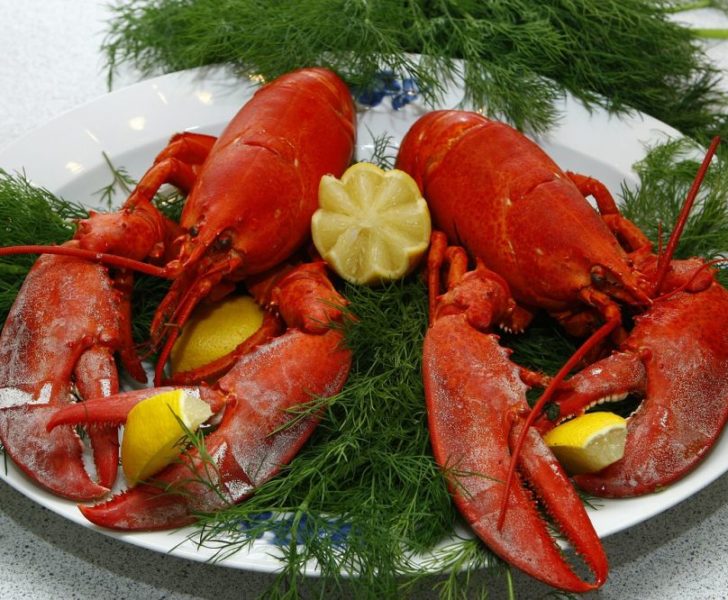Bosnian Cheese: A Versatile Delight for Food Enthusiasts

Bosnian Cheese – Exploring the Richness and Diversity of Bosnian Culinary Tradition
Introduction:
Bosnian cuisine is renowned for its rich flavors and diverse culinary traditions. At the heart of this gastronomic heritage lies the Bosnian cheese, a delectable dairy product cherished by food enthusiasts around the world. In this article, we will take an in-depth look at this unique cheese, exploring its origins, various types, popularity, and distinctive characteristics.
I. Bosnian Cheese – An Overview of a National Treasure

Bosnian cheese holds a significant place in Bosnian culture and cuisine. It is a traditional cheese made from cow, sheep, or goat milk, with each variation offering distinct flavors and textures. Crafted with love and expertise, Bosnian cheese is a symbol of craftsmanship and culinary tradition.
II. Types and Popularity of Bosnian Cheese
1. Sir Frankopan – A Creamy Delight
– This mild and creamy cheese, made from cow’s milk, is a popular choice for sandwiches and salads. Its smooth texture and subtle flavors make it a versatile ingredient in both traditional and modern dishes.
2. Travnik Cheese – A Cultural Heritage
– Named after the city of Travnik, this semi-hard cheese is made from a blend of cow and sheep milk. Its unique aroma and tangy flavor have earned it protected designation of origin status, emphasizing its cultural significance and regional identity.
3. Sirnica – A Filo Pastry Delicacy
– Sirnica, a traditional Bosnian dish made with phyllo dough, is often filled with a mixture of Bosnian cheese, eggs, and herbs. The cheese used in Sirnica imparts a rich, savory taste that complements the delicate layers of pastry.
III. Quantitative Measurements of Bosnian Cheese
Understanding the quantitative aspects of Bosnian cheese adds another dimension to its appreciation. We explore some key measurements to deepen our understanding:
1. Moisture Content:
– Bosnian cheese typically has a moisture content ranging from 50% to 65%, contributing to its smooth texture and creamy mouthfeel.
2. Fat Content:
– Depending on the type, Bosnian cheese may contain varying fat levels. For example, Travnik cheese often has a higher fat content compared to Sir Frankopan cheese.
IV. Exploring the Distinctions Among Bosnian Cheeses
While Bosnian cheese shares a commonality in its production method, each variety possesses unique characteristics that set it apart. These differences arise from factors such as milk source, aging process, and regional variations.
1. Milk Source:
– Cow’s milk Bosnian cheese tends to be milder and creamier, while sheep’s milk cheese has a more pronounced flavor and distinctive tanginess. Goat’s milk cheese, on the other hand, offers a slight tartness and earthy undertones.
2. Aging Process:
– The aging duration significantly impacts the flavor, aroma, and texture of Bosnian cheese. Some varieties are aged for just a few months, resulting in a softer, milder taste, while others are aged for up to years, intensifying the flavors and developing a crumbly texture.
V. Historical Significance and Pros and Cons of Different Bosnian Cheeses
Understanding the historical context and the pros and cons of different Bosnian cheeses allows us to appreciate the complexities within this culinary tradition:
1. Historical Significance:
– Bosnian cheese has been a culinary staple for centuries, evolving alongside the region’s historical developments. It has survived Ottoman and Austro-Hungarian influences, preserving its cultural significance.
2. Pros and Cons:
– Each Bosnian cheese variation has its own set of advantages and disadvantages. While some cheeses offer a unique flavor profile and versatility in cooking, others may be less well-suited for specific culinary uses, though no less delicious.
Conclusion:
Bosnian cheese is a true gem of Bosnian culinary tradition, celebrated for its rich flavors, creamy textures, and cultural significance. From mild and creamy Sir Frankopan to the tangy Travnik cheese, each variety offers a distinct experience, making Bosnian cheese a delight for food enthusiasts around the world. So, next time you have a chance, indulge in a slice of this versatile delight and savor the taste of Bosnia.











